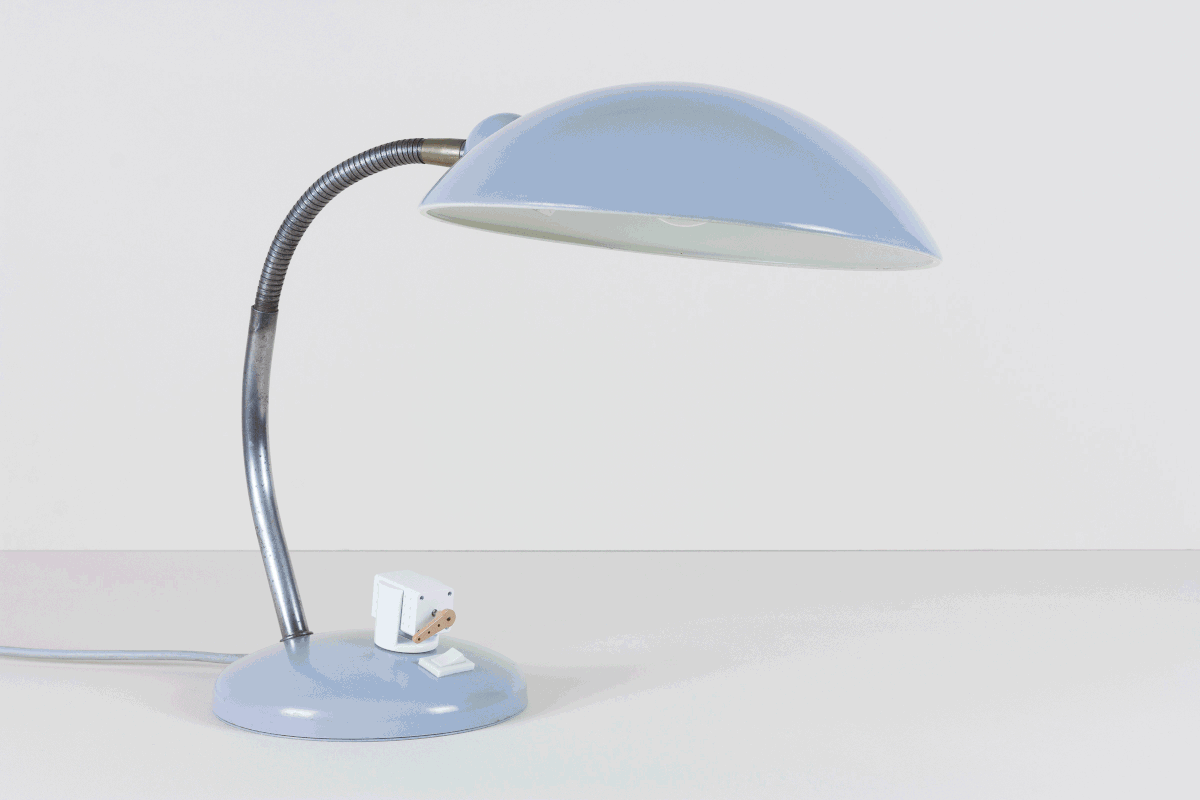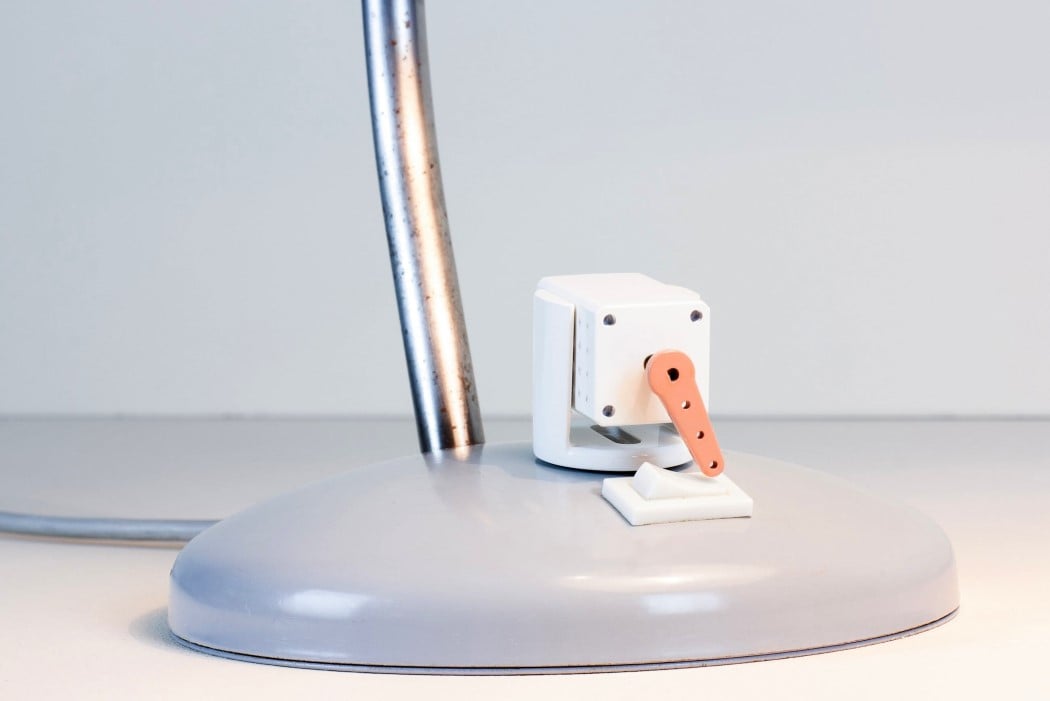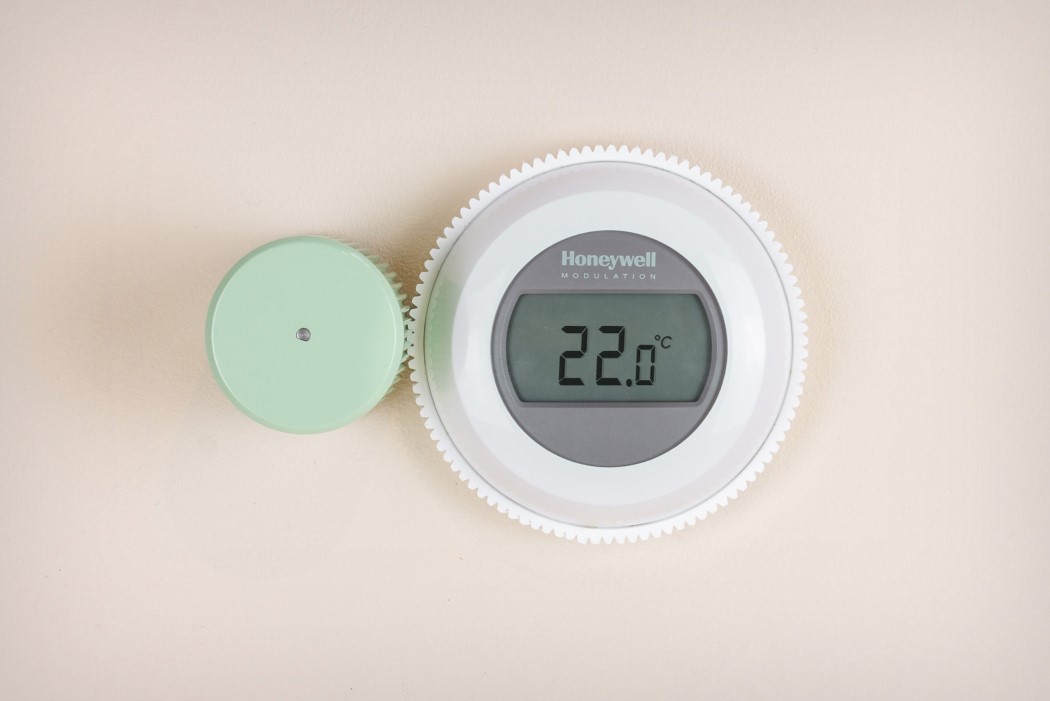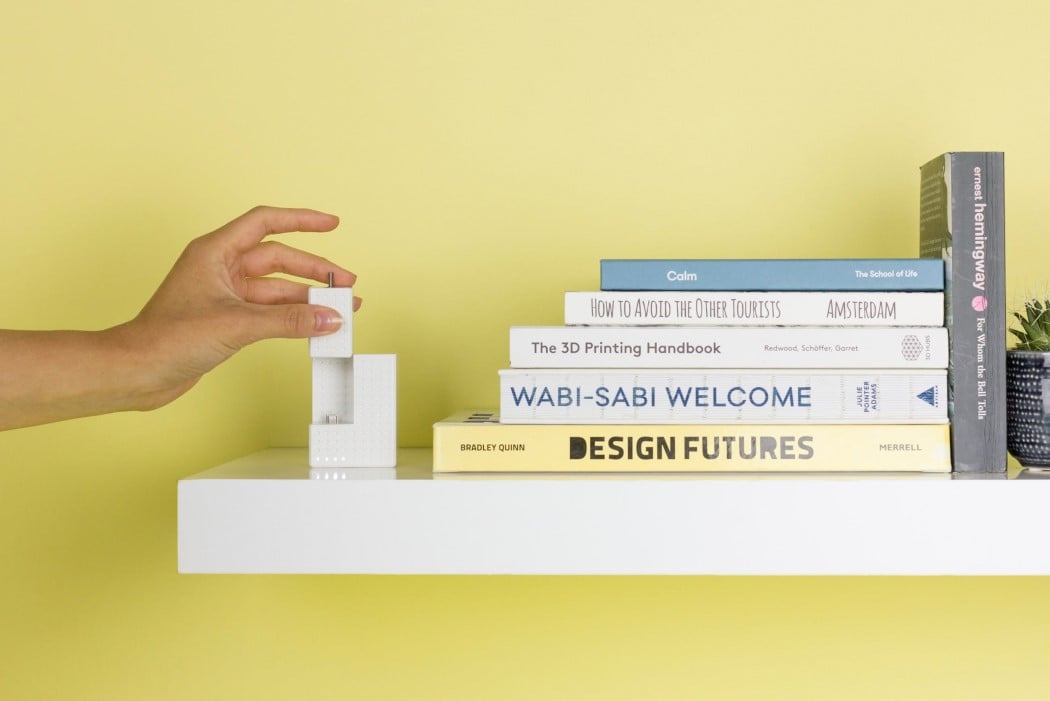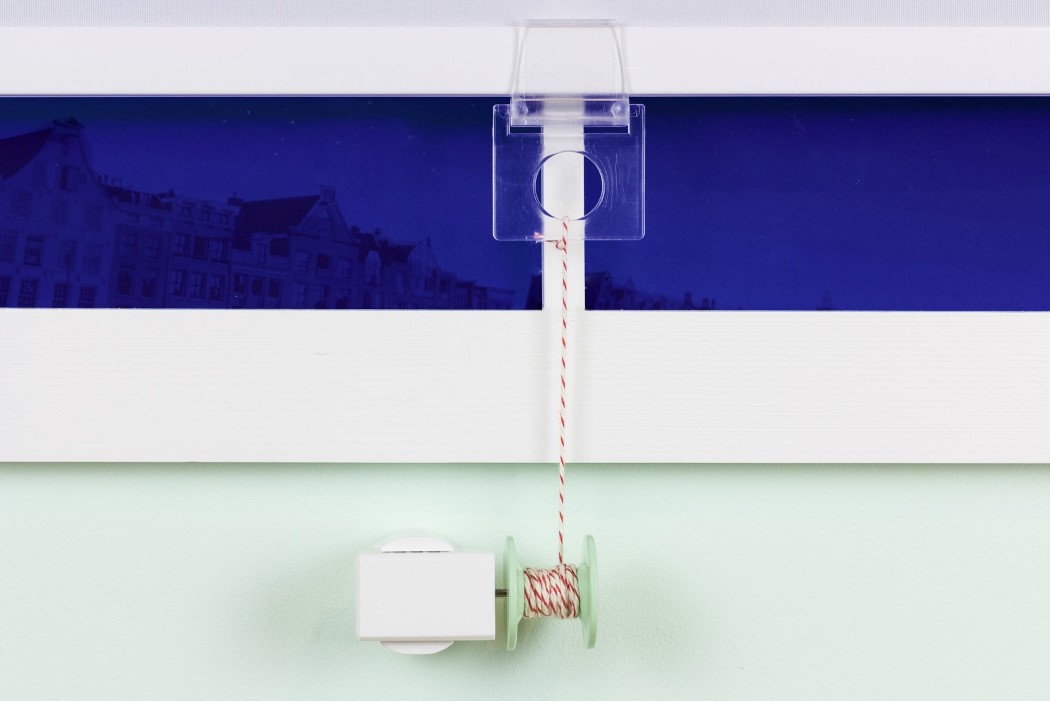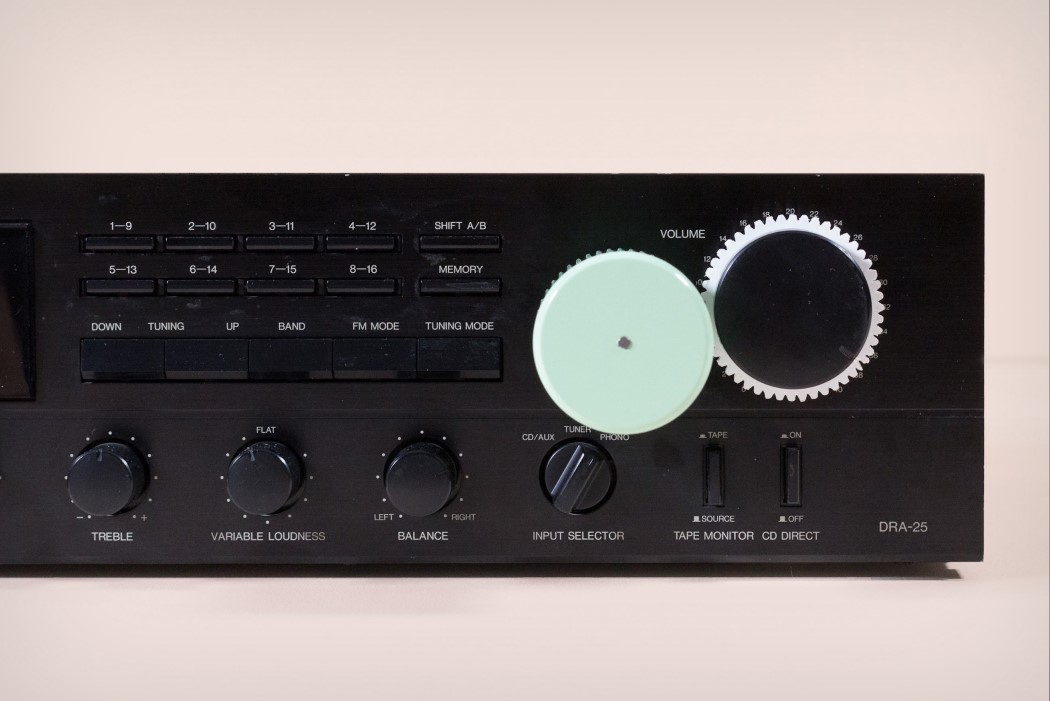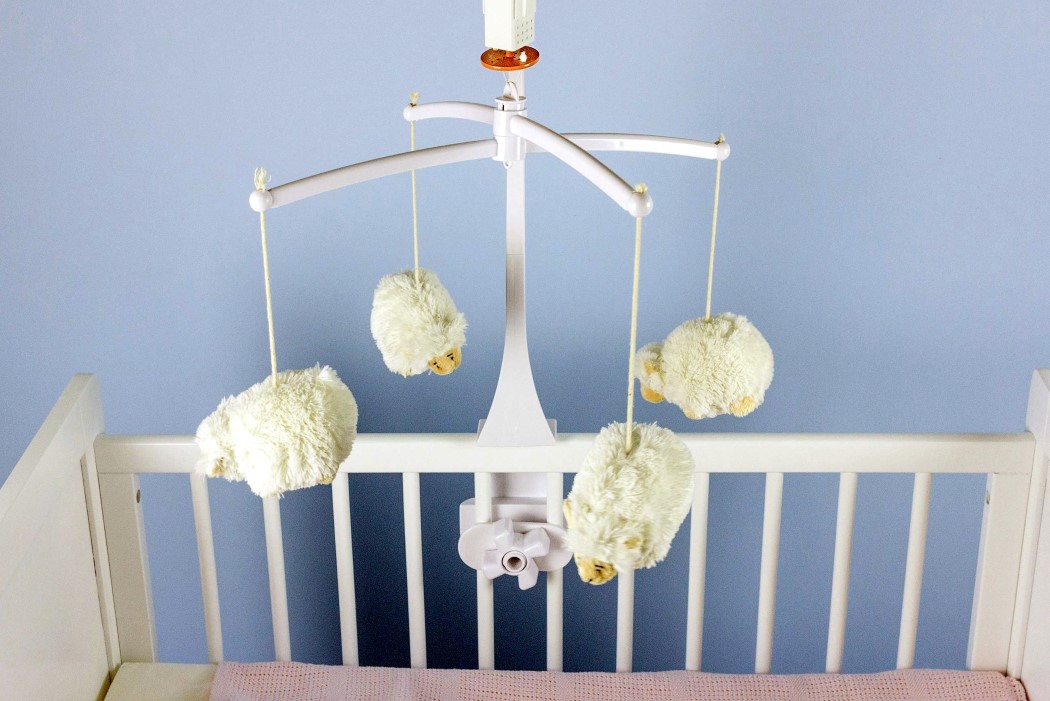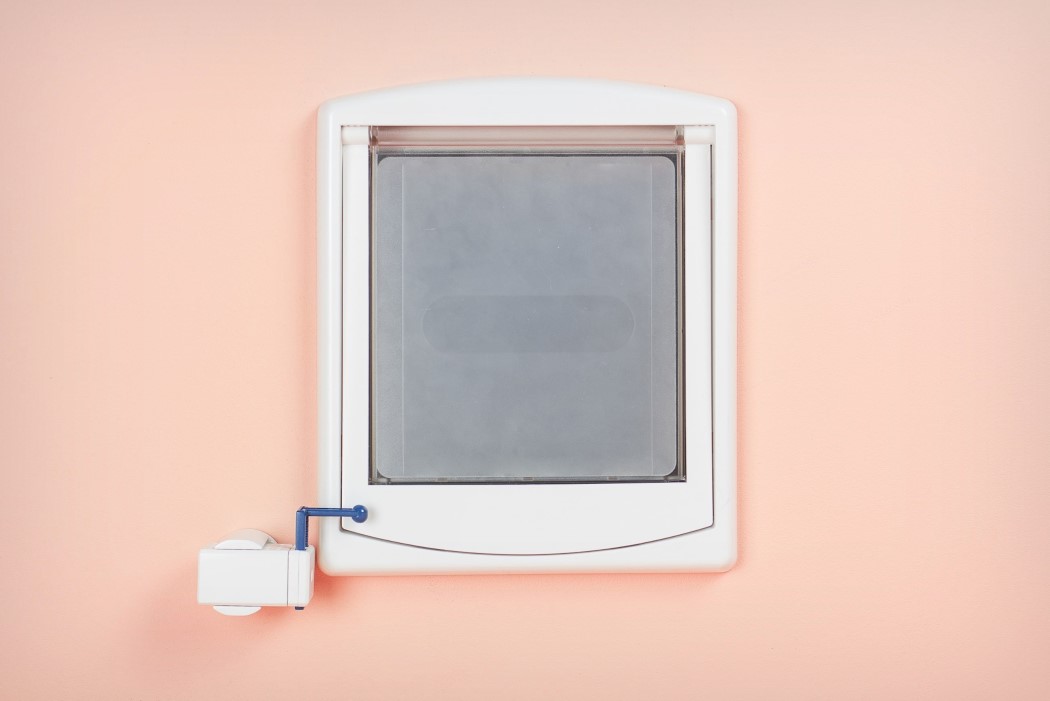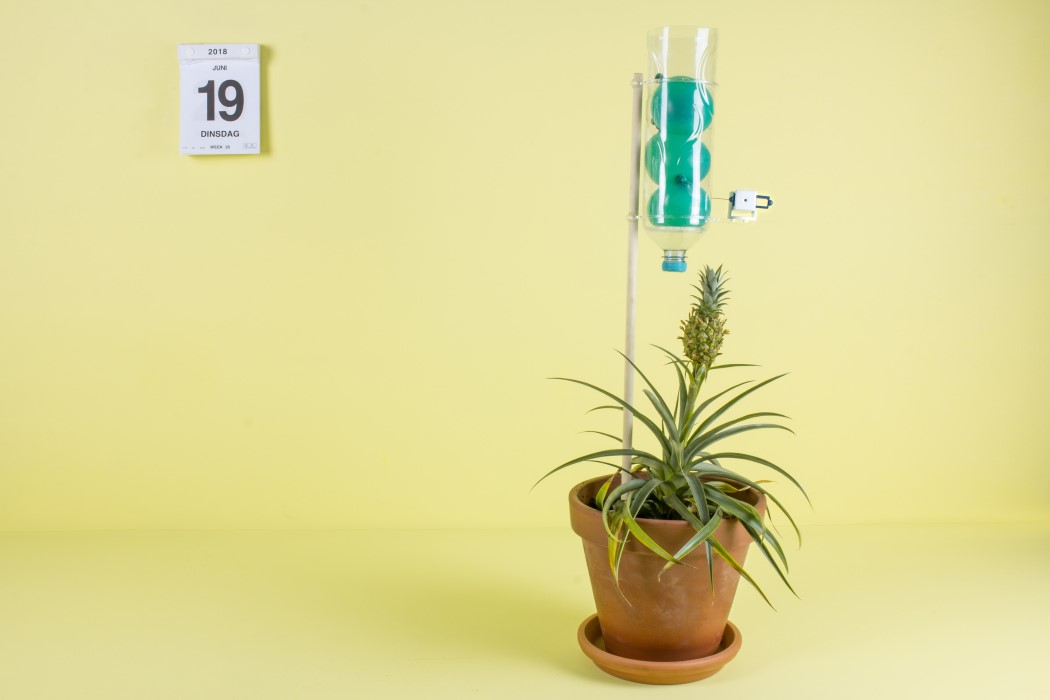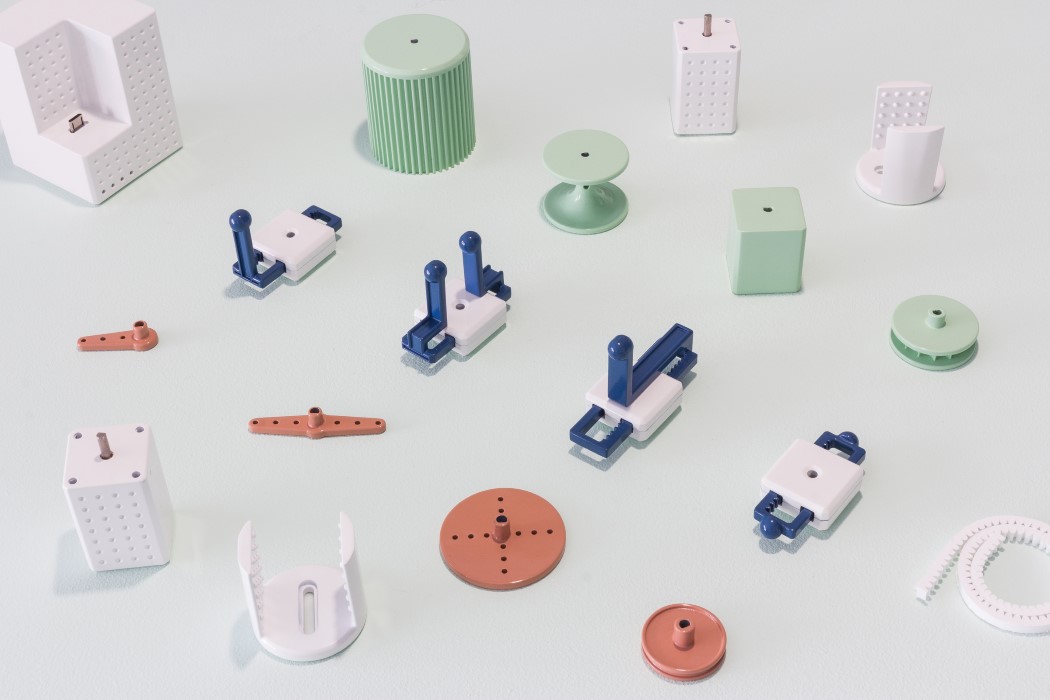The challenge with designing the Fossil Free Crib wasn’t so much in the design, but was in researching the materials the crib would require. Almost every material available to designers today involves a fraction of fossil fuel… whether it’s crude oil used to make plastic or something as basic as the gasoline used in chainsaws that cut down trees. Ultimately, materials are transported from source to factory to consumer using petrol. Designing a crib is easy… designing a crib without using a single gram of coal, oil, or gas, that’s a real challenge.
Designed for Sweden-based sustainable energy company Vattenfall, the Fossil Free Crib is an effort to remove every bit of non-renewable energy from the product cycle. It involves making conscious material choices and design considerations. For instance, the Fossil Free Crib’s wood was sourced from an aging tree that needed to be cut down. The lumberers used electric chainsaws as opposed to gas-powered ones, and the wood was readied and transported using renewable resources only. The crib’s blanket was locally sourced and hand-spun using alpaca and merino wool, but the crib’s mattress proved to be a much tougher challenge, especially given that cotton needs to be shipped from parts of Europe or Asia. Instead, the design team looked to locally sourced linen, hand-spun from flax-fibers. The filling on the inside of the mattress needed relooking too, especially since coconut fiber wasn’t a material indigenous to Sweden, and foams would mean resorting to plastics. Instead, the mattress was filled with sheep’s wool, sourced from Texel island. How does one source wool from an island without using fuel?? Well, via sailboat!
In a conscious effort to question the use of every material, the design team at FROLIC saw themselves traveling almost 150 years back to look at materials and practices before the invention of plastics and the practice of mass-manufacturing. The base of the crib comes made from fossil-free steel, something that does sound contradictory, but was made possible thanks to a special plant that used hydro-electric power to process the iron ore. This steel was finished with a special bio-paint created from mixing potato-starch slurry with chalk, and well, for the rest of the potato, the skins were used to form a composite bio-laminate board that was placed right under the mattress for support!
“The first thing to note is that “fossil-fuel free” is quite distinct from “sustainable”, “C02 neutral”, “organic” and other ubiquitous terms used in environmentally conscious manufacturing. Our primary challenge was to interrogate the supply chain through the lens of fossil fuel use, which includes examining not just a product’s composition but its sourcing, transportation, and complete processing”, says the FROLIC team. The Fossil Free Crib was created as a prototype to test the possibility of successfully designing something without leaning on the crutch of convenience and opting for materials that utilize fuel. This was doubly challenging, considering the product was a crib for a baby, requiring it to not just be fossil-free but non-toxic, non-allergic, and extremely comfortable. The product was detailed in-house using CNC-machining (powered by electricity) to create soft forms within the wood, and was assembled using a natural hide-glue to ensure a sturdy build.
It’s unlikely that this process will yield a product that can be mass-manufactured… because the Fossil-Free Crib was made to challenge the very notion of mass-manufacturing! Instead, it hopes to usher in an age where the new generation is born into a world where fossil-free living isn’t a one-off exception, but rather a standard.
Designer: FROLIC Studio for Vattenfall














